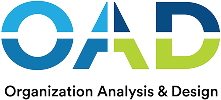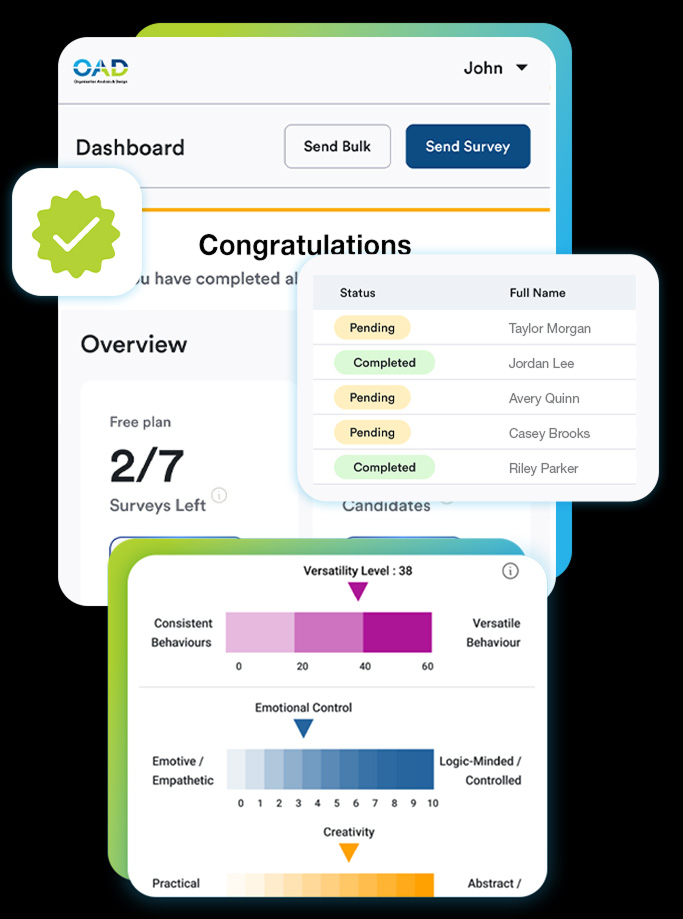Stacks of paperwork, manual forms, signatures everywhere... that used to be the onboarding vibe, right? I remember walking into my very first job—this was, uh, more years ago than I care to admit—and instead of, you know, learning about the team or the work, I spent, honest to goodness, hours just filling out the same information over and over on different forms. Payroll, taxes, you name it! And if I made a tiny mistake? The whole thing started over. It was—it was kind of demoralizing.
You’re certainly not alone, Claire. Paper-heavy onboarding isn’t just a hassle; it creates all kinds of problems. We see delays with documents going missing, people making errors just from copying and re-copying details—sometimes even mishandling sensitive data. I can’t count the number of times a tax form was misplaced or a confidentiality agreement sat unsigned for weeks. And every one of those errors carries compliance risks, not to mention the responsibility for keeping sensitive information safe. That’s a pretty heavy lift for any HR team.
Yeah, and it’s funny—well, not funny, but, when I talk to friends, it’s clear that slogging through those forms really shapes your first impression of a company. You want to feel energized about your new job, but if the process is old-school and clunky, it’s… a vibe killer.
Exactly. First impressions matter. Gallup actually found that employees who go through structured, engaging onboarding are 2.6 times more likely to be highly engaged at work. But those paper-based, disjointed systems do the opposite—they sap energy right out of the process before a new hire even starts. And from a business perspective, it’s even costlier. You’re not just losing time—you’re risking retention, morale, and sometimes compliance. It’s not just about stacks of paper. It’s the subtle message you’re sending: are we forward-thinking and attentive, or stuck in last decade’s habits?
Yeah, and with hiring being so competitive now, I feel like companies can’t afford to start off on the wrong foot. Not only could another offer lure people away, but nobody wants to join a company where their first task is a paper marathon.
And in today’s remote and hybrid world, manual paperwork just doesn’t scale anymore. It slows everyone down—whether they’re working in an office or at home. That’s what really makes the case for change.
So, let’s dig into how companies are actually making the switch. When you talk about a paperless onboarding workflow, what does that actually look like, Edwin? I mean, is it just scanning forms and putting them online, or… is it a whole new process?
It’s much more than uploading PDFs, Claire. A real digital onboarding workflow goes step-by-step, so each part—like offer letters, verification, tax forms—happens automatically, in one system. You’ve got e-signatures for offer acceptance, automated document collection, and instant identity verification. The employee handbook? Instead of that giant binder, it’s a living, digital document new hires can explore on their phone or laptop whenever they need it.
That would’ve saved me so much stress if I’d had access from my phone. No more three-ring binders gathering dust! And it means updates aren't so daunting, right? Just a quick edit and everyone sees the latest info.
Exactly—policies, culture guides, training resources, they’re interactive and always available. There’s also speed. Digital onboarding eliminates back-and-forth about missing forms or signatures. HR and managers get real-time updates and can spot bottlenecks instantly. That’s where the cost savings really come in—less paper, less printing, but also faster integration of new hires into the team. Accuracy improves too, because automated checks catch errors before anything is finalized. So you get efficiency, better security with encrypted storage, and a consistent experience for every employee.
Right, and for managers, I imagine this takes some work off their plates—no more hunting down somebody’s W-4 or wondering if the NDA got filed.
Exactly. Instead, they focus on welcoming people, sharing expectations, and building connections—which is what managers should do. But you need to build in best practices to make it really work. For example: deliver all offer letters through secure digital platforms, not just email attachments. And make sure sensitive info like bank details or ID numbers is protected—always use encrypted systems and multi-step verification. Finally, make orientation resources accessible online. Don’t stop onboarding at forms—integrate videos, culture docs, and intros to the team, making everything accessible before day one. That supports engagement far more than any paper packet.
That sounds a lot more human, actually, even though it’s driven by technology. There’s still room for that personal touch—just minus the hassle.
Exactly. The best digital workflows let managers connect with people, not paperwork. So you get the best of both worlds—efficiency plus a stronger employee experience.
Let’s take a look at how this actually plays out in the real world. Instacart’s a great example here, right? When they started scaling, paper onboarding just couldn’t keep up. They switched to using Dropbox Sign’s eSignature API—every step of onboarding became digital. Suddenly, no lost paperwork, no waiting on snail mail, just fast, accurate hiring—and the admin bottlenecks... gone.
That’s right. Max Mullen, Instacart’s co-founder, was clear: they didn’t want anything to do with paper, and Dropbox Sign’s eSignatures let them move at speed. Their hiring scaled instantly to meet business demands. But here’s what really matters—even with all this efficiency, the deeper question remains: are you hiring well, not just quickly? That’s where science comes in. Pair paperless onboarding with behavioral assessments, like OAD offers, and you’re suddenly not just smoothing out logistics—you’re making sure new hires actually fit for the long haul.
Yeah, we talked about this in Episode 8—a smart process isn’t just about automating tasks, it’s about using real data to make decisions. So bringing in assessments that predict how someone communicates or fits with your culture, you’re starting folks off with a much better shot at success, right?
Absolutely. One of the fastest-growing clients I advised—a tech startup—used digital onboarding to cut admin work, but layered OAD assessments right into their process. It didn’t just save time; it lowered turnover, improved trust, and helped managers understand their teams from day one. When you blend efficiency with true insight, that’s when onboarding becomes transformational.
So it feels like the real win isn’t just paperless or tech for its own sake—it’s combining seamless systems with science so employees get a smooth journey and teams get the right match at the start.
That’s exactly it. Efficiency opens the door, but science builds the foundation for strong teams. In 2025 and beyond, that’s what separates the best organizations from the rest.
Well, that’s a wrap for today—thanks for sharing the bigger picture, Edwin. We’ll be back soon with more practical ways leaders can take the science approach to building great workplaces. If you want to see smarter onboarding in action, check out OAD.ai. Thanks for listening!
Thank you, Claire—and thank you to all our listeners. See you next time on The Science of Leading.

